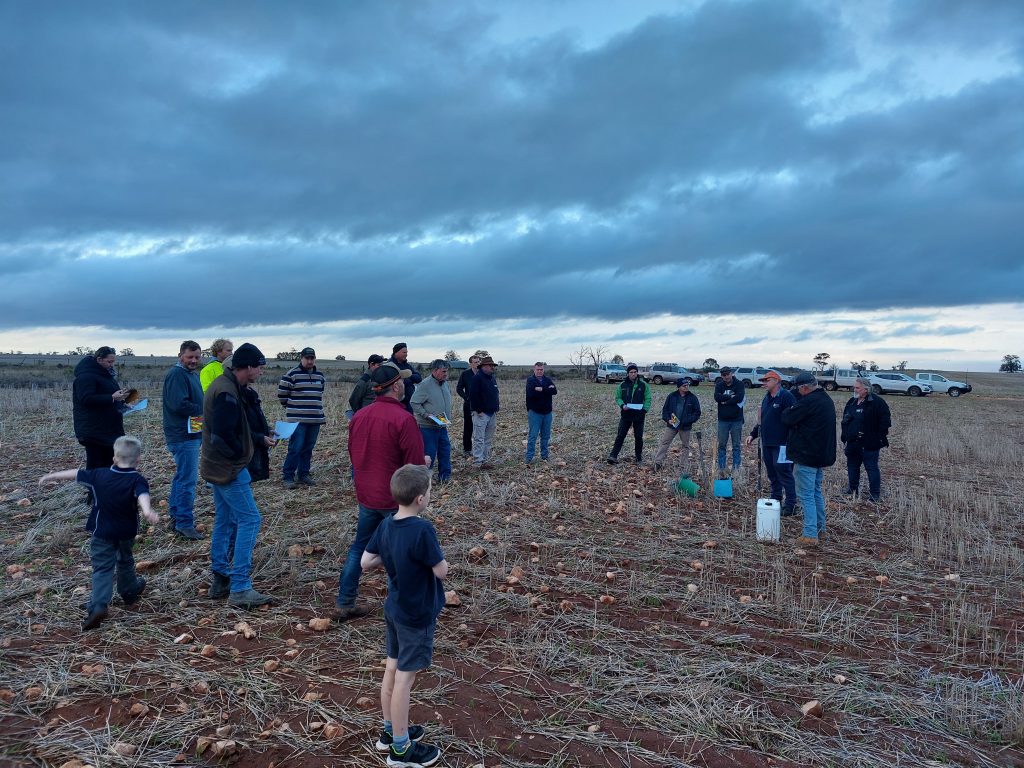Erosion is a problem that plagues agricultural lands all over the world. In particular, farmers in the Mallee region of Australia face the constant challenge of preventing soil from being carried away by the wind. Ground cover is an important tool that farmers can use to prevent erosion, but managing it effectively can be helped by following certain rules of thumb. In this post, we will explore some of the key guidelines that farmers in the Mallee region can follow to manage ground cover on erosion-prone soils.
Maintain 20% Ground Cover in Summer and Autumn
Dr Chris McDonough, an independent agronomist, emphasized at a recent soils workshop that farmers in the Mallee region need to maintain at least 20% ground cover during summer and autumn to avoid wind erosion. To achieve this, farmers must aim for at least 50% ground cover by August or September. Farmers can use GEOGLAM RAPP, a free program that uses satellite imaging, to identify soil cover levels in their paddocks during these critical times. This early indication of erosion risk can help farmers take necessary precautions to protect their paddocks during an extended drought.

Above: GEOGLAM RAPP satellite image showing percentage
Implement Critical Management Strategies on Time
When September cover is low, farmers need to take some critical management strategies to protect their paddocks from erosion. These strategies include avoiding grazing of pulse stubbles, having confinement feeding ready to go, and enacting it early, stock exclusion from vulnerable areas when cover drops below 50%, and varying wheel track lines for summer weed spraying. Early implementation of these strategies can reduce the risk of erosion and enhance the productivity of the land.
Consider Seeding Decisions and Trigger Points
In April/May, farmers in the Mallee region need to consider seeding decisions and trigger points for vulnerable areas. These decisions should be based on the levels of stored soil moisture, sowing rainfall, as well as cover. Seeding in areas with low ground cover can increase the risk of erosion, but with proper soil management practices, it is possible to balance the need for cover and the need for productive planting.
Effective ground cover management is a crucial aspect of soil conservation and management in Mallee region, and following some simple rules of thumb can help farmers maintain productive paddocks while preventing soil erosion. Farmers should aim for a minimum of 20% ground cover during the summer and autumn months, with at least 50% cover by August or September. They should also use programs like GEOGLAM RAPP, implement critical management strategies early, consider seeding decisions and trigger points, and use cover crops. By adopting these guidelines, Mallee farmers can enjoy higher productivity and sustainable land management practices.
These ground rules have been developed as part of a broader project on building drought resilience of farms in the Millewa/Carwarp districts. Key outcomes of the project have been three workshops promoting strategies to build and retain more groundcover on Mallee soils, demonstration of EM38 soil mapping on 12 farms, and the development of erosion management plans for 16 properties in the district.
Stay tuned for more field days at other demonstration sites across the Millewa/Carwarp areas in the coming months.
This project was delivered with the support of the Mallee Catchment Authority through funding from the Australian Government’s Future Drought Fund.



